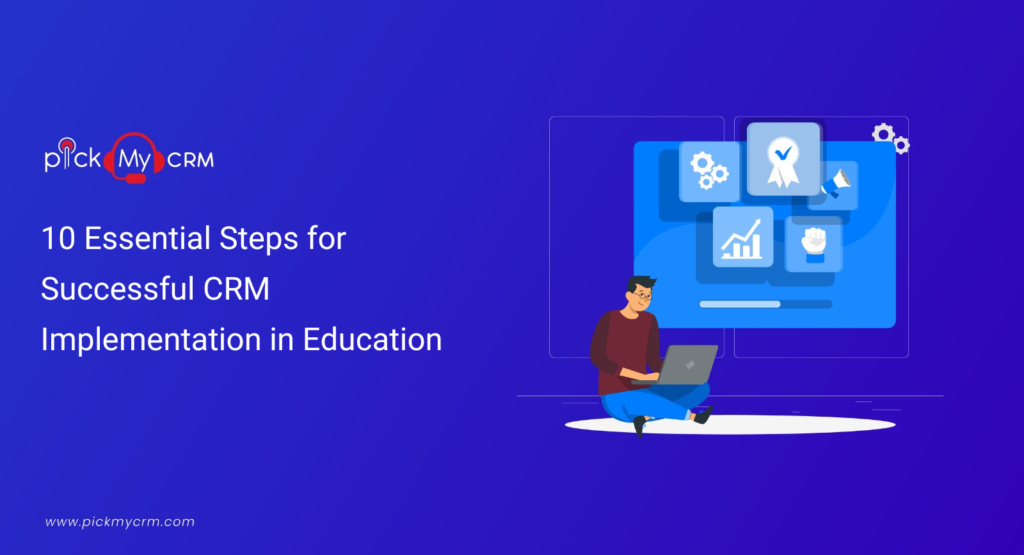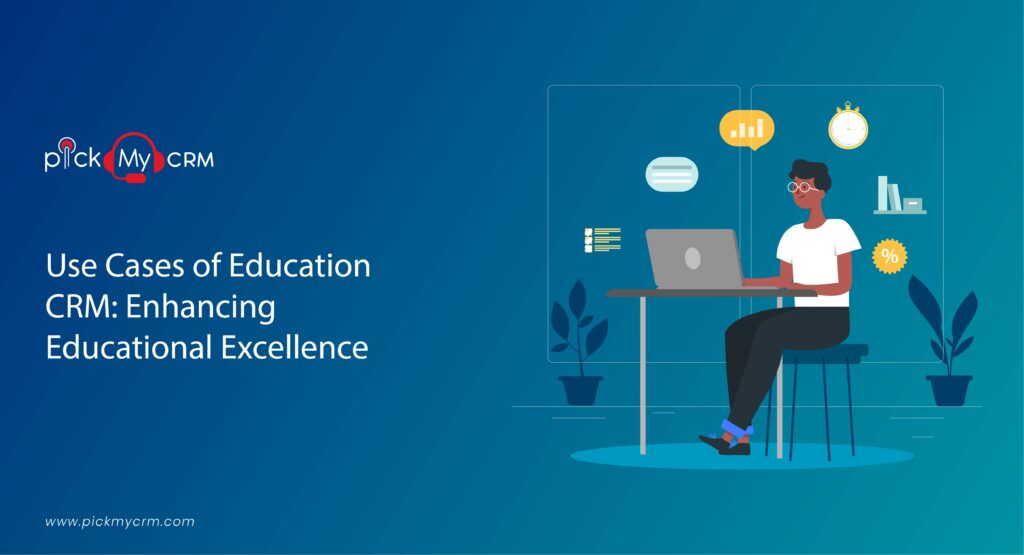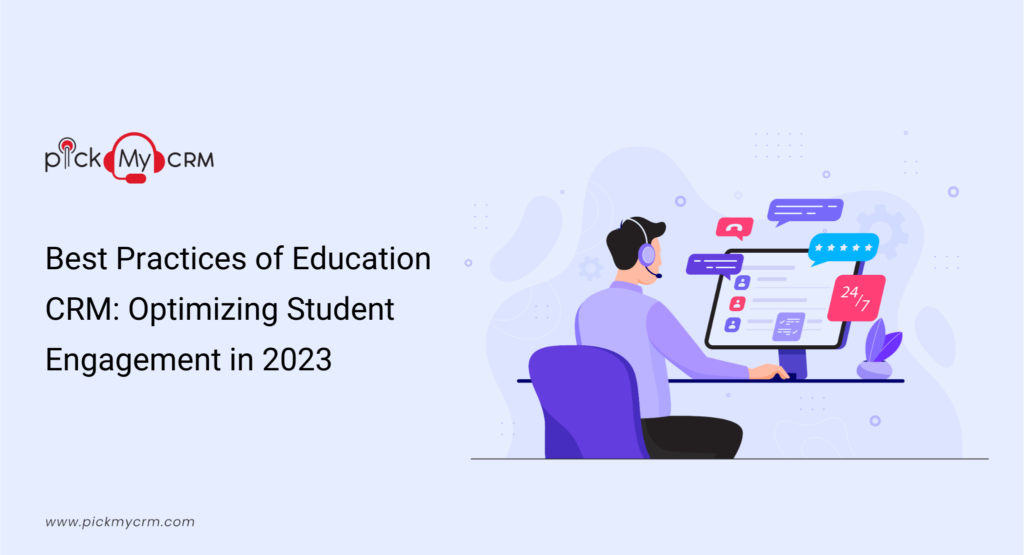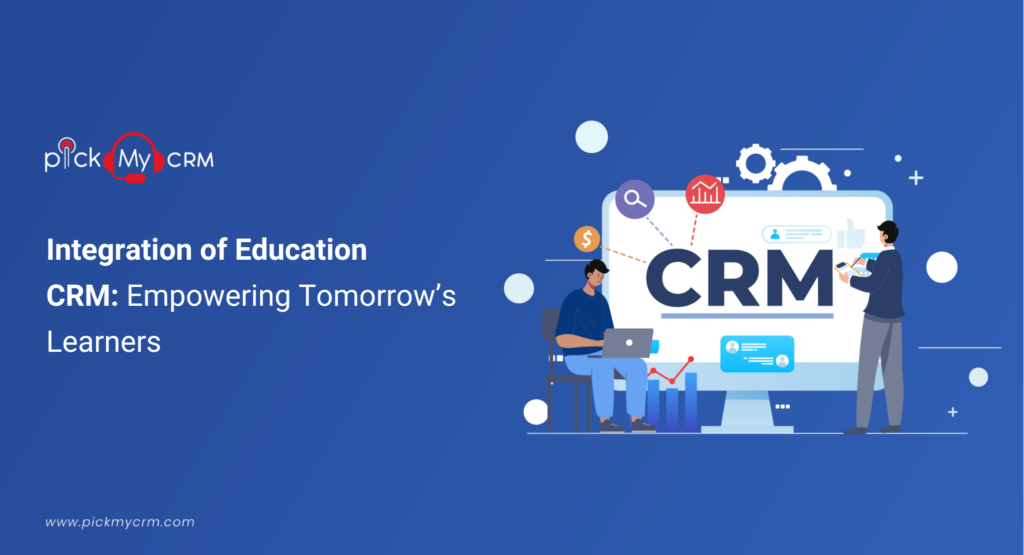10 Essential Steps for Successful CRM Implementation in Education
What is CRM Implementation in Education?
In education, CRM implementation involves adopting a system to effectively manage interactions, communications, and relationships with stakeholders such as students, parents, faculty, Alumni, and staff. This system goes beyond traditional student information databases, offering personalized experiences and streamlined processes.How to Implement a CRM in Education?
Implementing a CRM in education requires a well-defined plan and strategic execution. Here's a step-by-step guide to guide you through the process,Assessment and Planning
- Identify objectives: Define the goals and objectives for CRM implementation, such as improving student engagement or streamlining admissions.
- Evaluate needs: Assess the institution's pain points and identify departments that could benefit from CRM integration.
- Stakeholder involvement: Involve key stakeholders across various departments to ensure comprehensive understanding and buy-in.
Assemble a Cross-Functional Team
Gather representatives from various departments – admissions, student services, Alumni relations, and IT – to form a cross-functional implementation team. This diverse team ensures the inclusion of viewpoints and needs, culminating in a comprehensive and efficient CRM solution.Conduct a Comprehensive Vendor Evaluation
Research and evaluate CRM vendors that specialize in education. Consider Factors such as customization options, scalability, ease of use, and integration capabilities with existing systems like Student Information Systems (SIS) and Learning Management Systems (LMS).Choose the Right CRM Solution
Select a CRM system that aligns with your institution's needs and goals. Ensure that the selected solution provides modules or features tailored to admissions, student engagement, Alumni relations, and any other essential areas you've pinpointed.Data Mapping and Integration Planning
Plan how your CRM system will integrate with existing data sources like the SIS and LMS. Outline the data fields requiring transfer to the CRM, ensuring consistent data integrity across systems.Customize for Your Institution
Tailor the CRM system to match your institution's branding, processes, and unique requirements. Set up user roles and permissions to guarantee data security and suitable levels of access.Data Migration and Testing
Migrate relevant data from your existing systems to the CRM. This step requires meticulous attention to detail to ensure accurate and complete data transfer. Once migrated, thoroughly test the data to ensure its integrity.Training and Adoption
Provide comprehensive training to staff members who will be using the CRM. Offer both basic and advanced training sessions to cater to different skill levels. Create user-friendly documentation for ongoing reference.Pilot and Feedback
During the pilot phase, a targeted user group tests the CRM system, providing valuable feedback on usability and functionality. This input guides refinements before the system launch, ensuring a smooth user experience and optimal performance.Continuous Evaluation and Improvement
Following the complete implementation of the CRM system, consistently assess its performance in alignment with set objectives. Motivate users to share feedback and offer suggestions for enhancements. Frequently evaluate the system's influence on student engagement, admissions procedures, Alumni relationships, and other targeted areas.Why Implement a CRM System in Education?
A CRM system tailored for education is a game-changer. It facilitates the seamless management of interactions and communications across various touchpoints, ultimately enhancing the overall educational experience. Here are some compelling reasons to consider CRM implementation:- Holistic Student Engagement: A CRM system enables institutions to gain insights into student preferences, behaviors, and needs. This data-driven approach allows for personalized engagement strategies, fostering a stronger connection between students and the institution.
- Efficient Admissions Process: For institutions, managing admissions is critical. CRM streamlines the process by automating application reviews, communication with applicants, and document tracking, ensuring a smoother journey for prospective students.
- Data-Driven Decision Making: A CRM system compiles data from various sources, providing valuable insights into student performance, engagement trends, and Alumni outcomes. Administrators can make informed decisions to enhance academic offerings and student support services.
- Alumni Relationship Management: Cultivating relationships with Alumni becomes more effective through a CRM. Alumni Engagement, Event invitations, and Fundraising efforts can all be managed within the system, creating a vibrant post-graduation community.
When is the Right Time to Implement an Education CRM?
When establishing CRM best practices for the ideal timing of CRM implementation in education, it's vital to consider factors unique to an institution's objectives, requirements, and situation. Here are some indicators that suggest the optimal time for CRM implementation,- Changing Student Expectations: If you notice that students expect more personalized experiences and streamlined interactions, it's a clear signal that a CRM system could meet these expectations.
- Increasing Enrollment Challenges: When admissions processes become overwhelming for staff and prospective students, a CRM can simplify applications, inquiries, and communications.
- Desire for Data-Driven Decisions: Should the institution seek data-driven decision-making, a CRM's analytics can furnish the required insights.
- Growing Alumni Network: In the event of increasing Alumni engagement and fundraising endeavors, a CRM can adeptly oversee these relationships.
- Modernization and Competition: In an era of digital transformation, staying ahead of the curve by adopting technological solutions like CRM can enhance your institution's reputation.
- Resource Availability: When your institution has the resources – both financial and human – to dedicate to the implementation process, it's a good time to start.
- Strategic Planning and Alignment: If the implementation aligns with your institution's strategic goals and long-term vision, it's a strategic decision to proceed.




